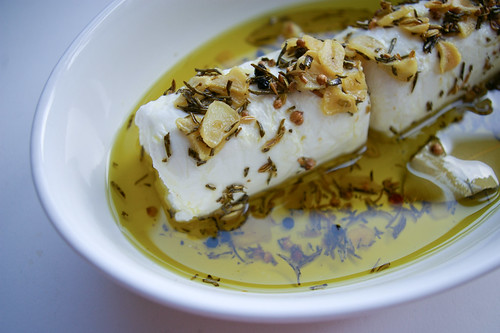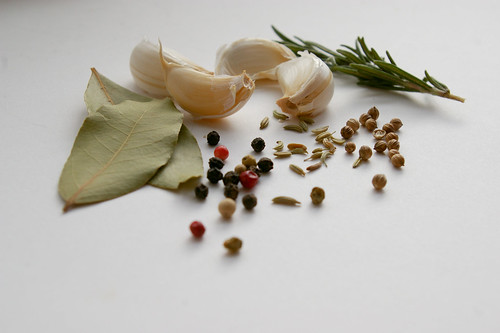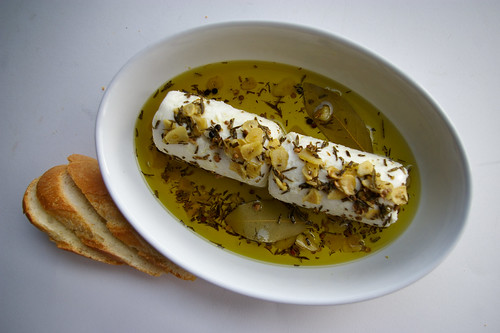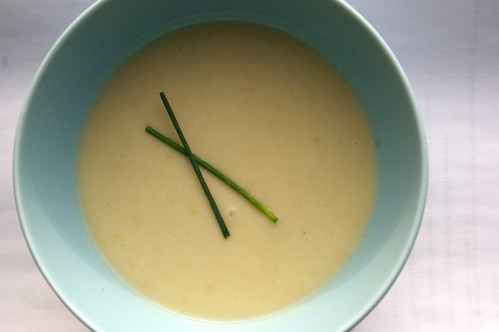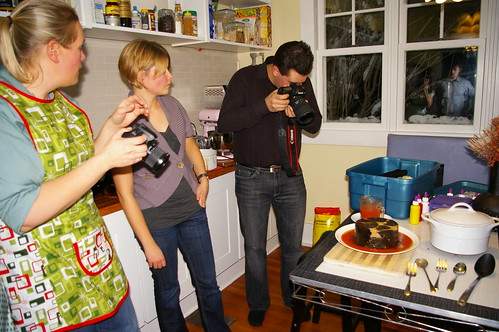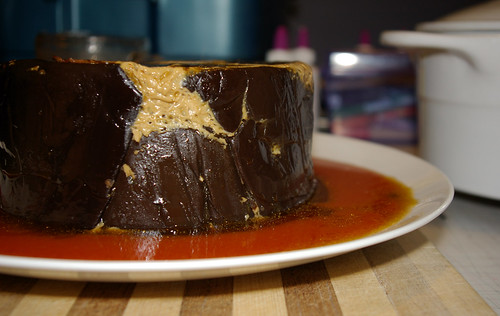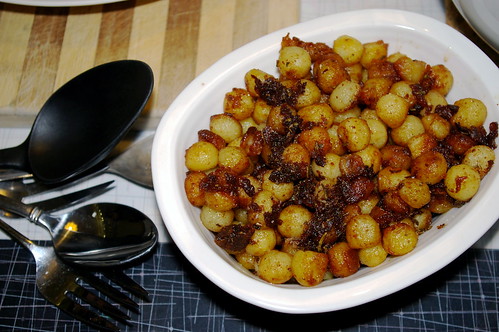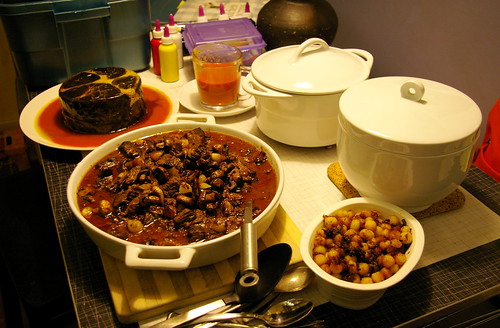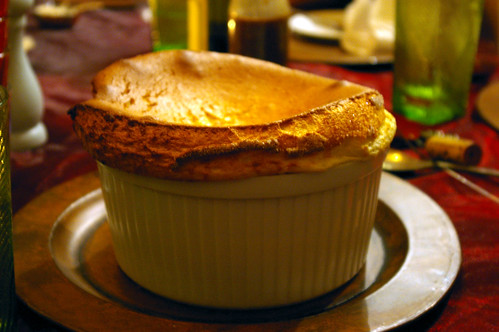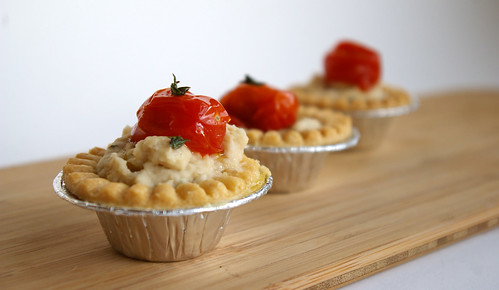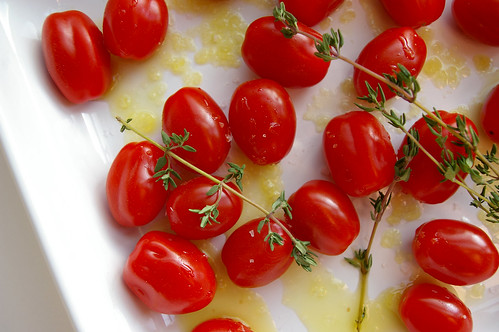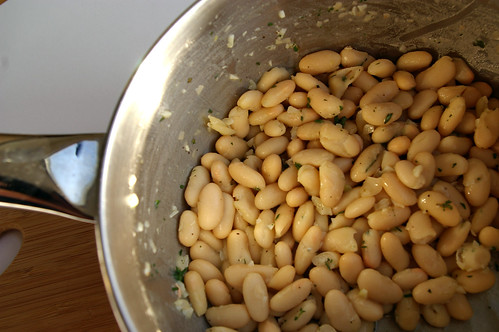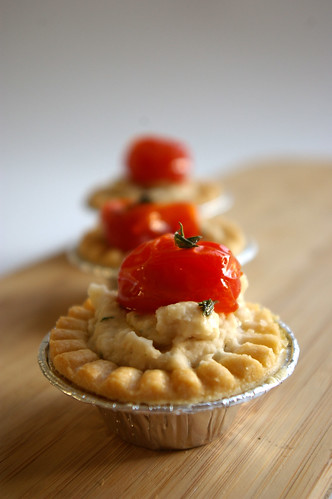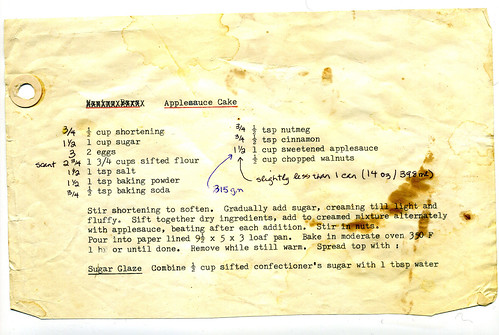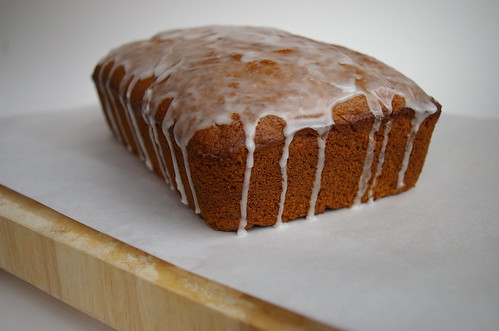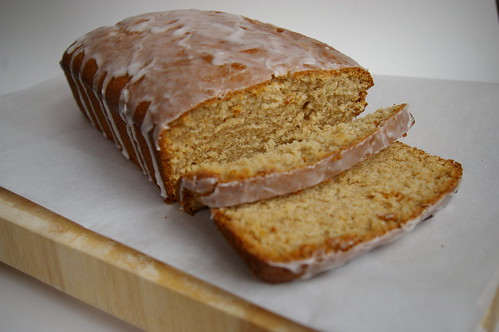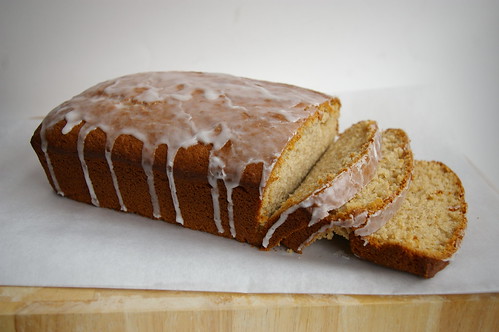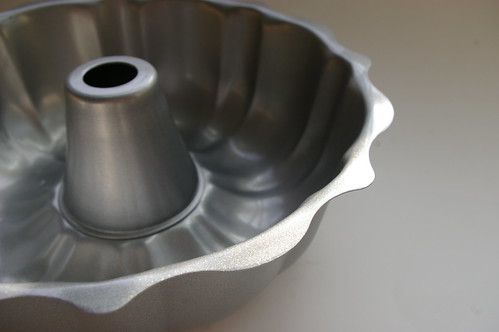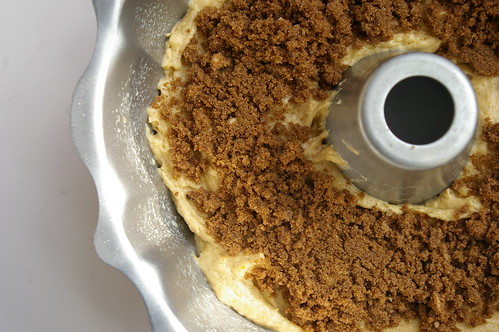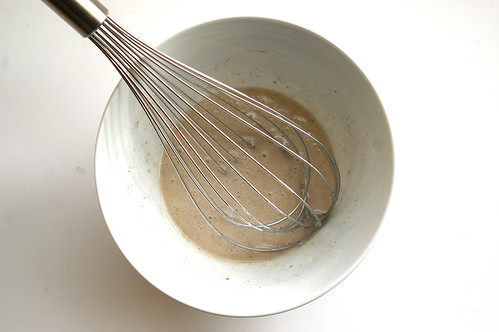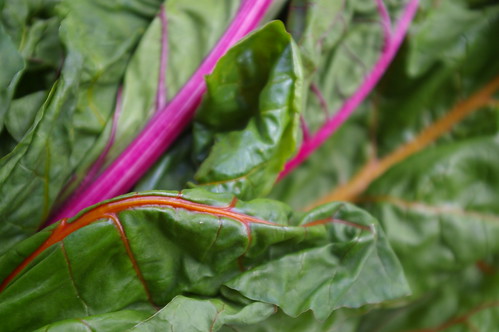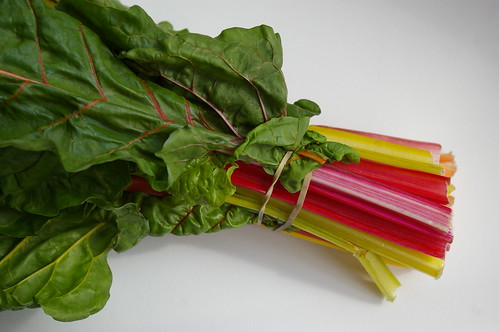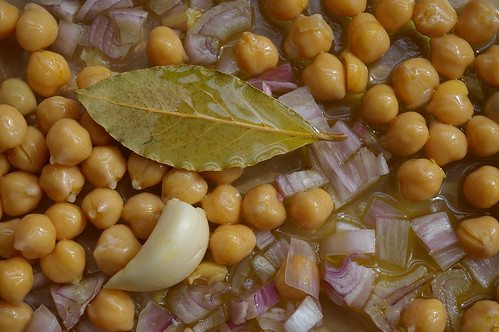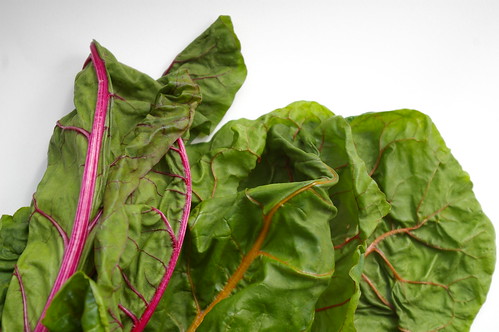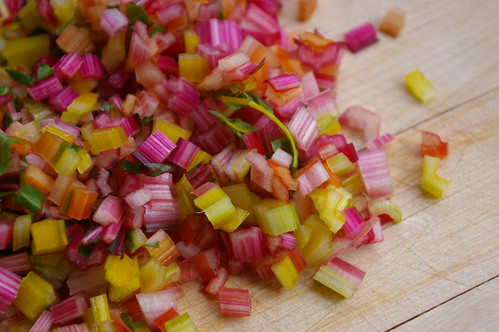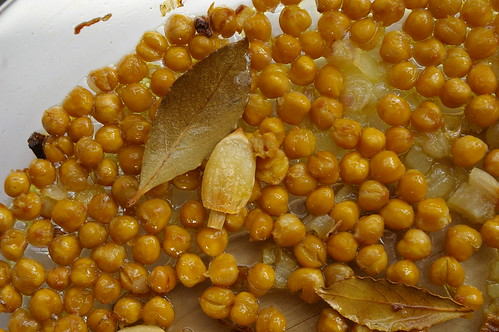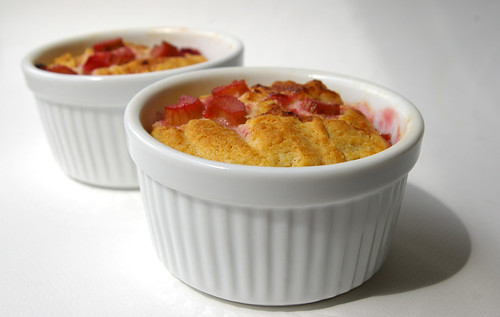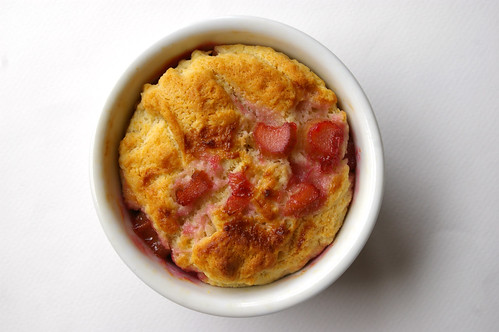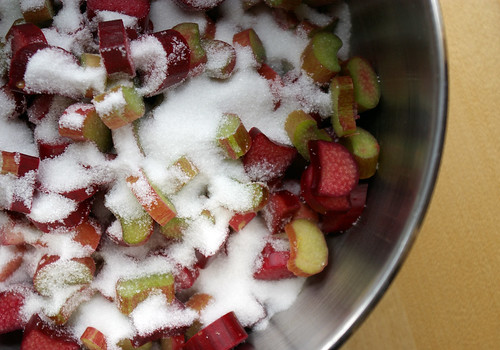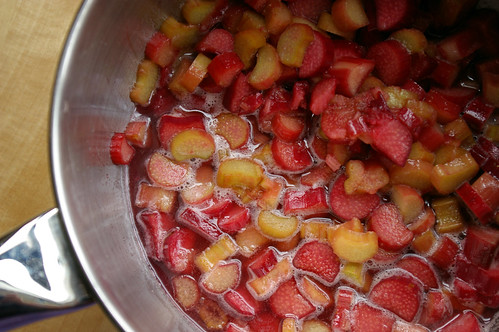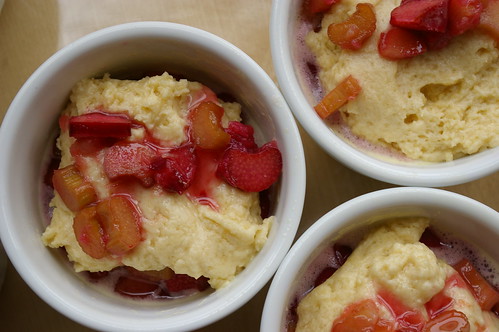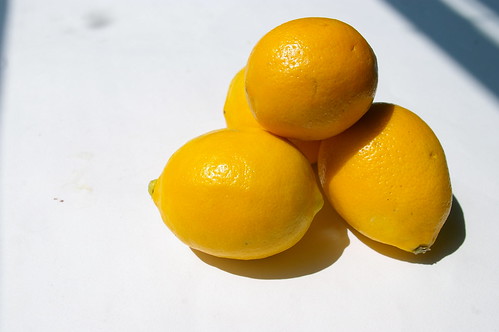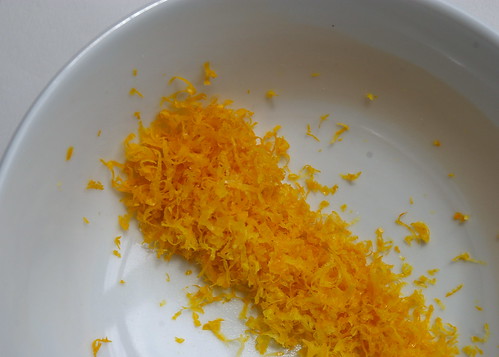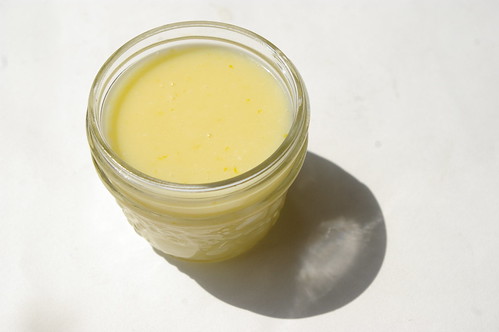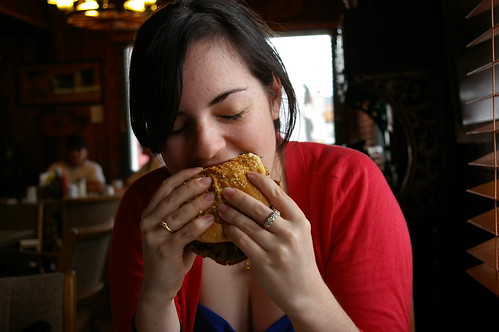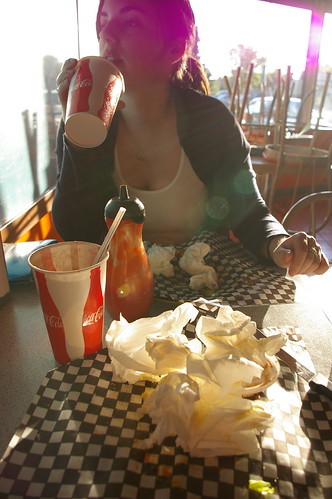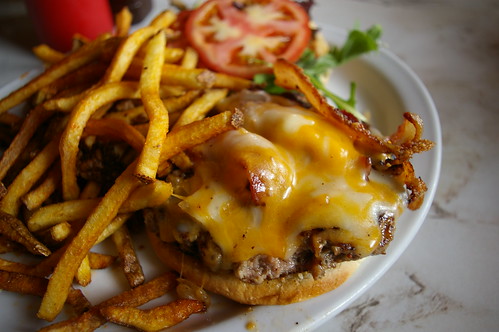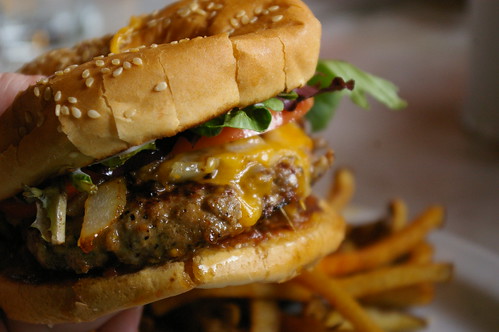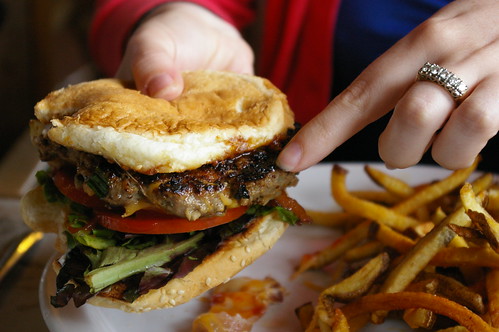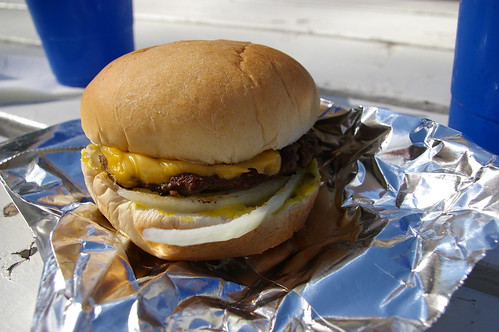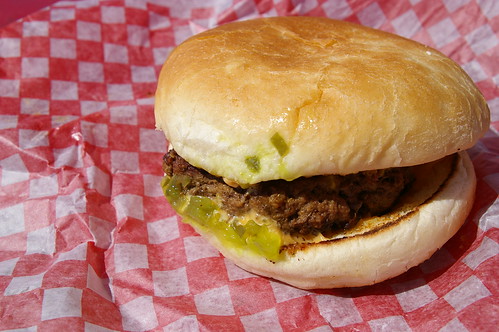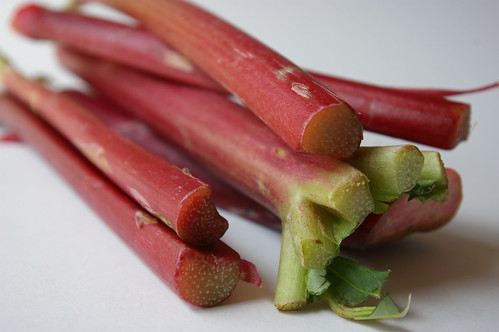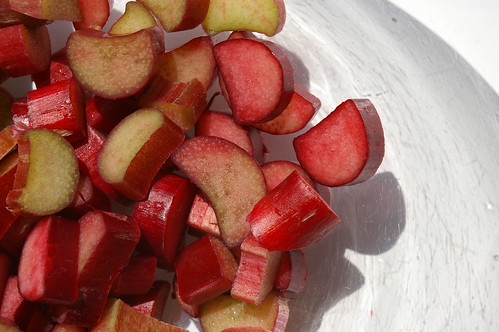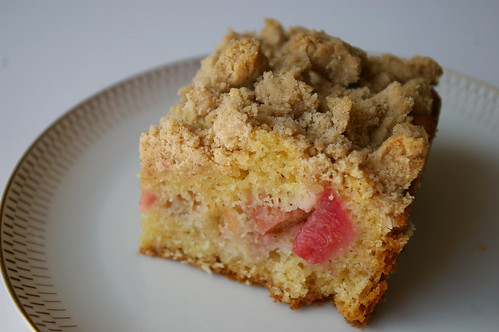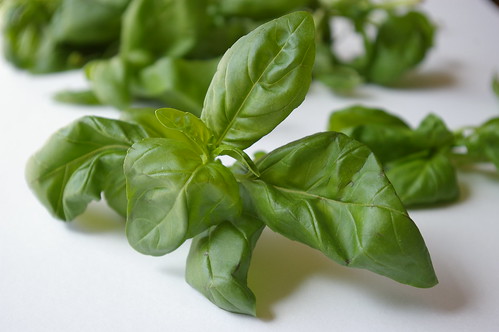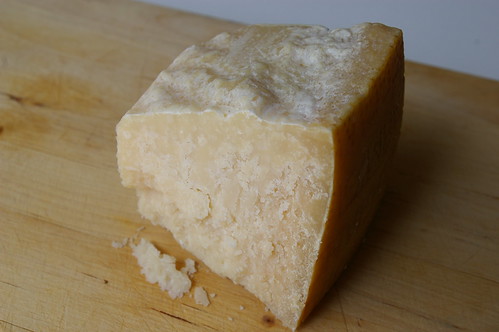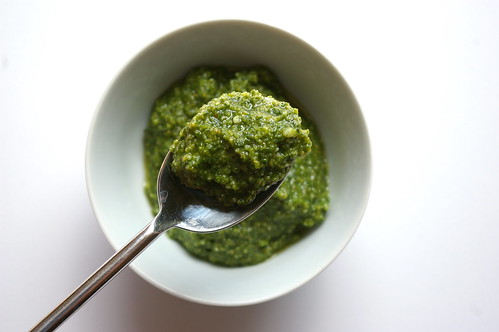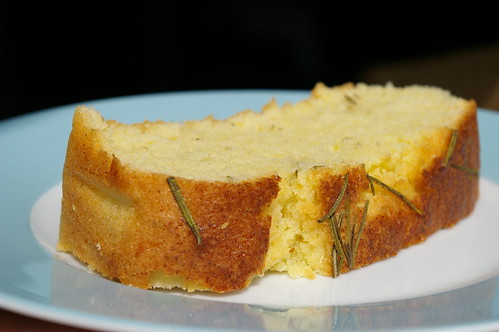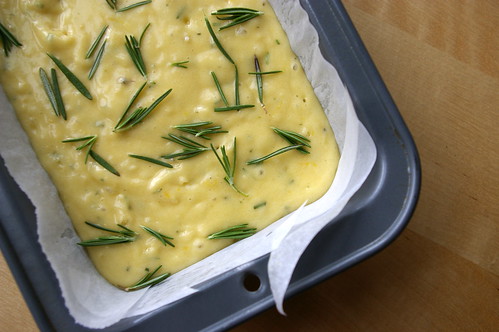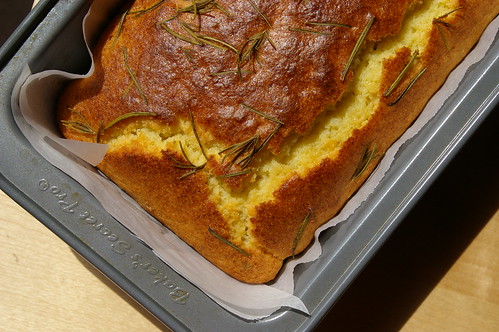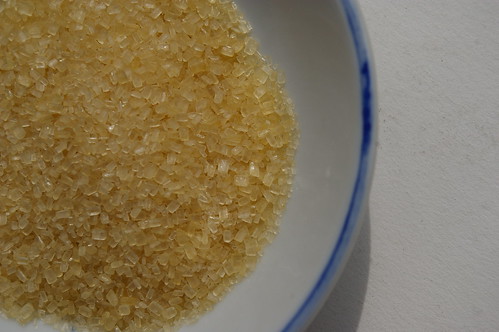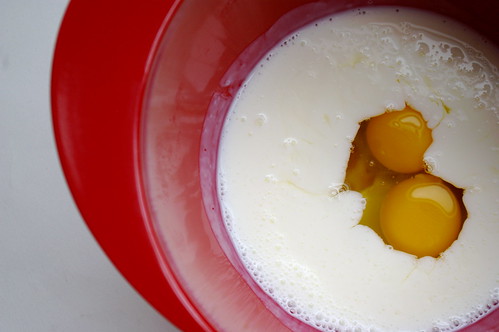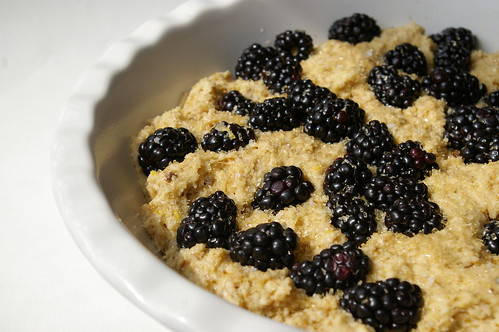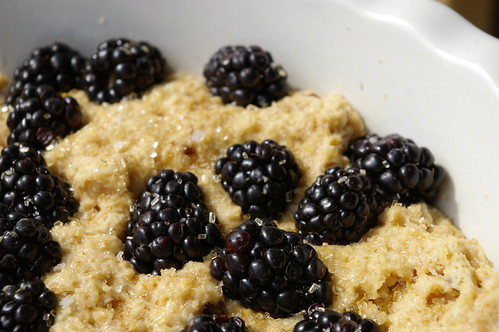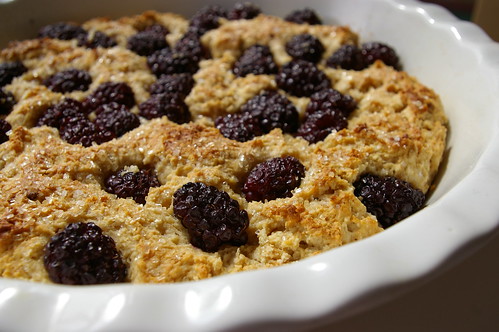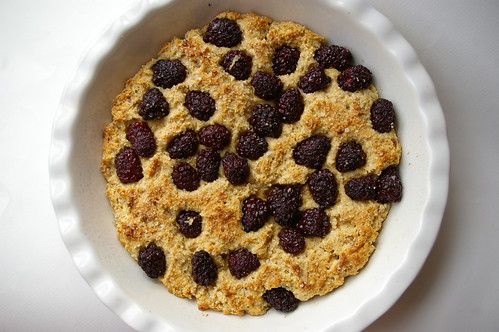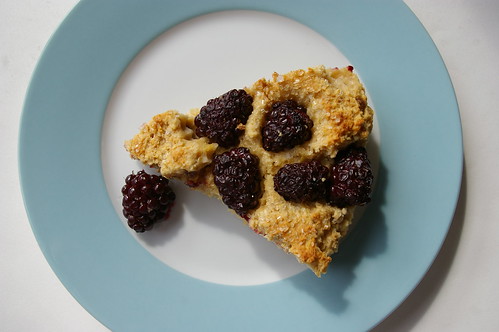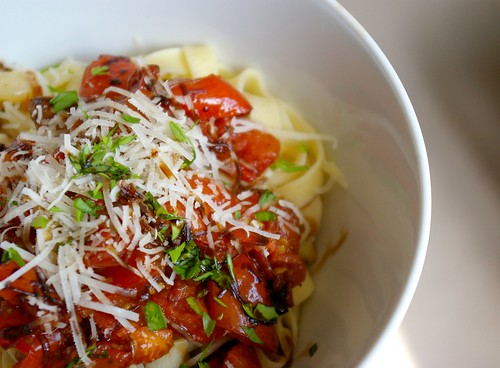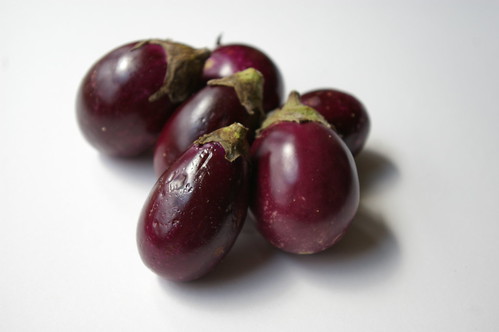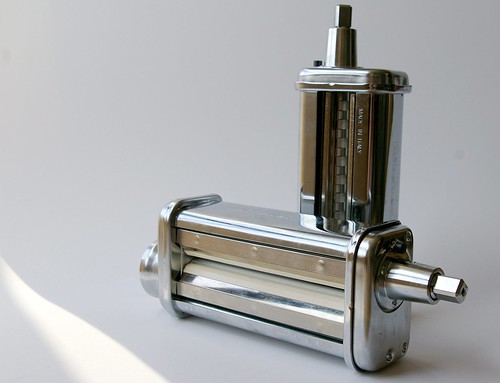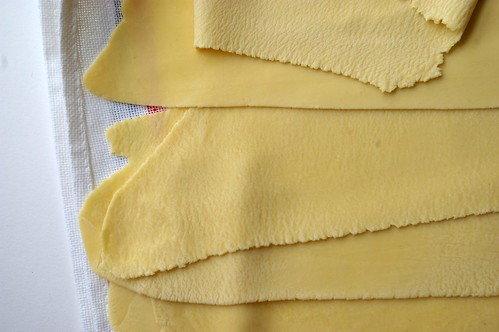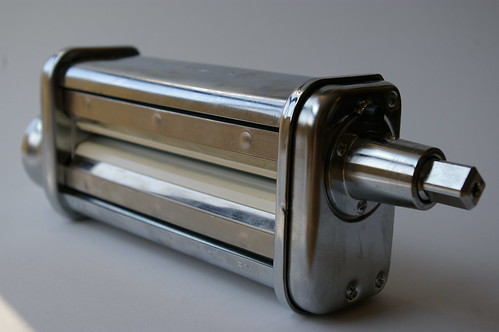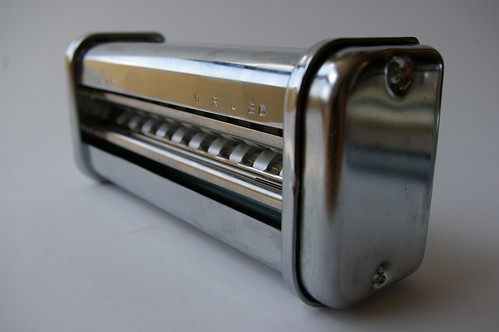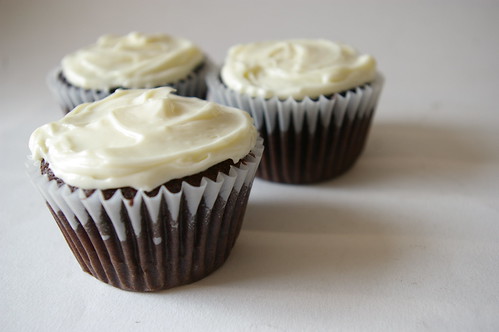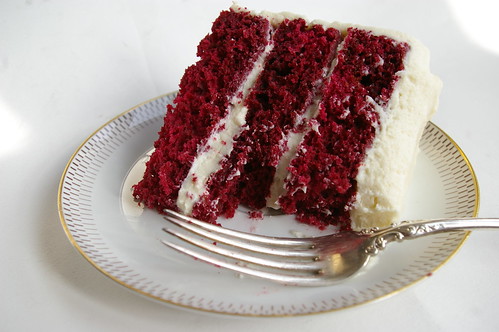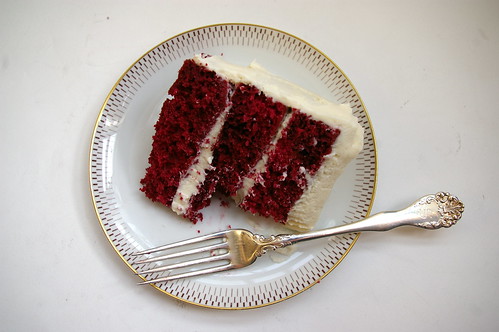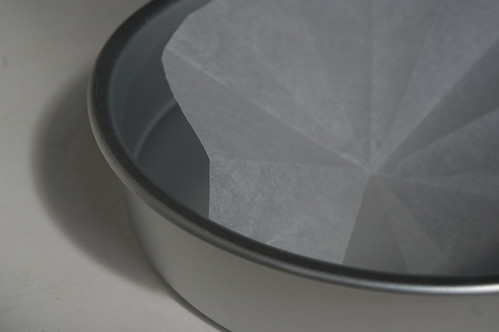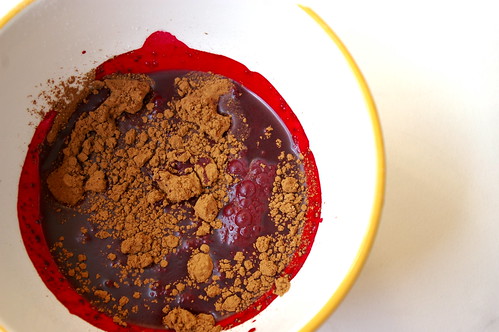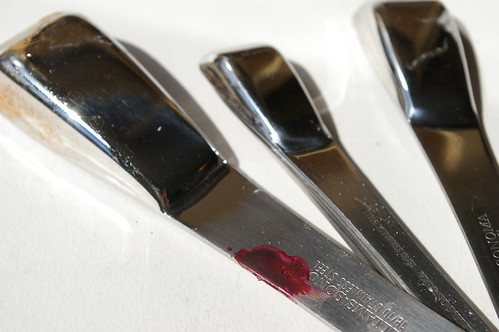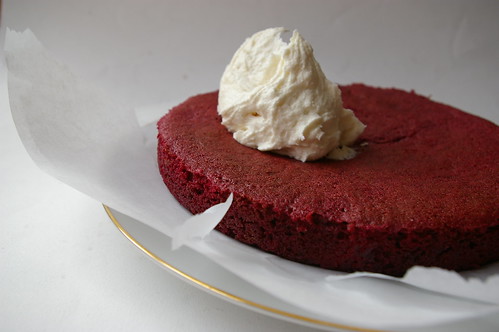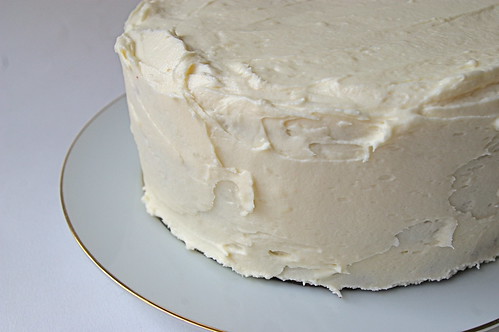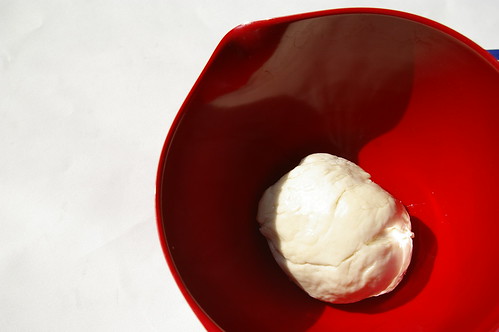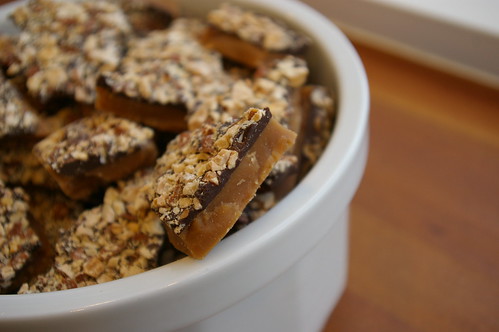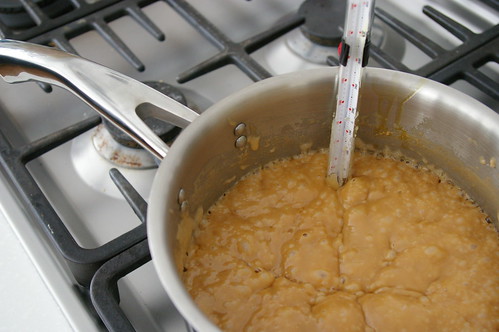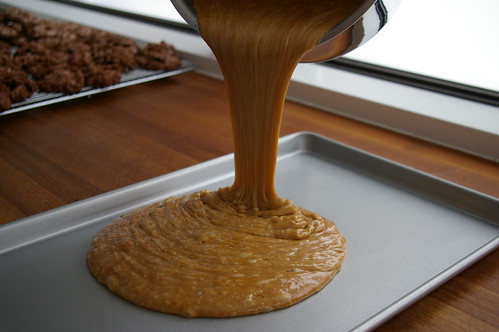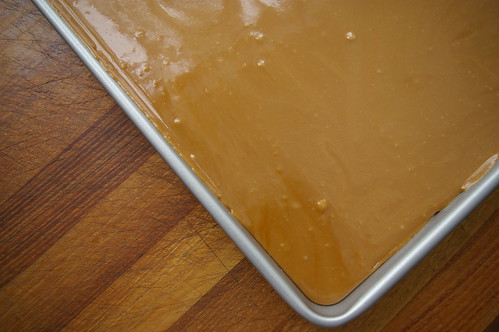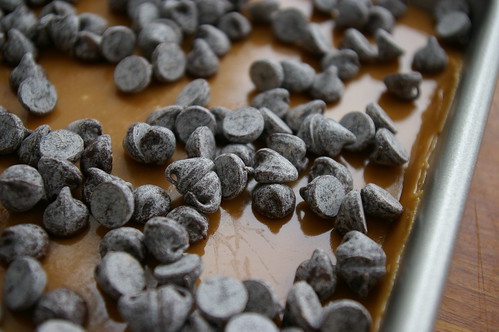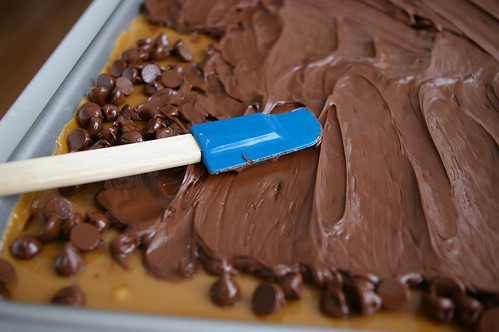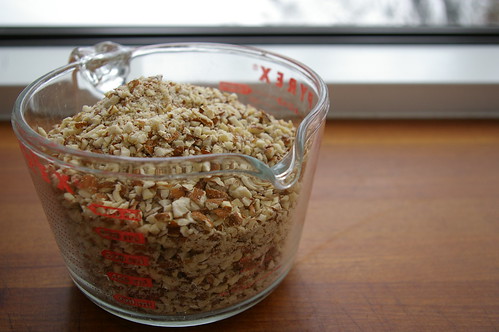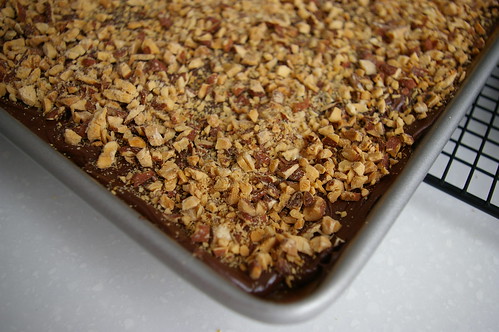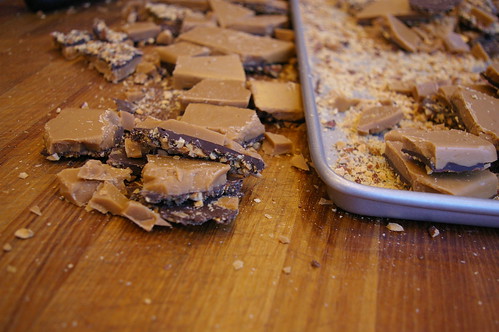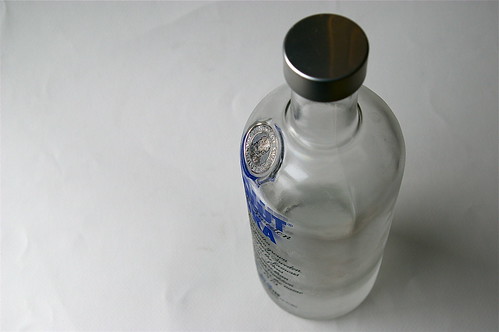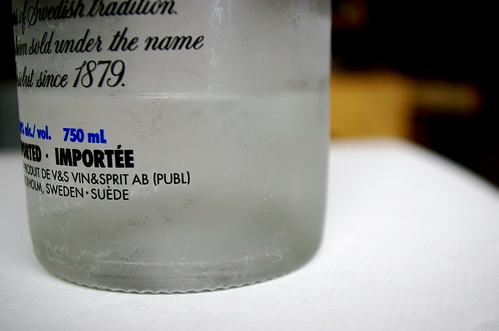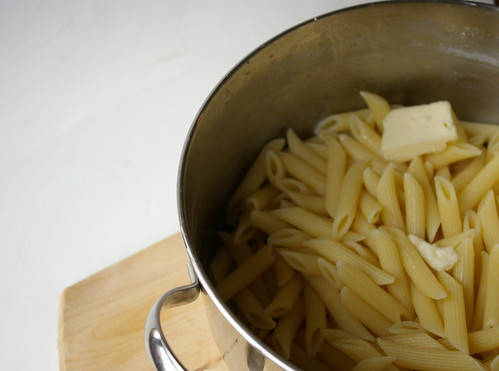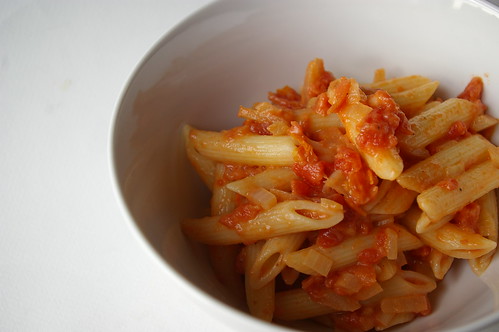We have few Christmas traditions in my family. With all us kids grown up and no new generation to take our place, there are only a few activities we cling to during the holiday season. Gone are the days when we wrote letters to Santa and put out a plate of cookies. And we were never the type that gathered around the fire to listen to a parent read The Night Before Christmas.
But over the years we have created a few rituals that we still hold dear when the season finally arrives. The first is listening to Amahl and the Night Visitors – an opera about a poor widow and her lame son who are visited by the Three Kings en route to Bethlehem – while doing some Christmas baking.
A second, more recent, is watching the YouTube video of a house whose Christmas lights are coordinated to the operatically rock-and-roll Trans Siberian Orchestra’s Wizards in Winter – a song my mum and I both acquired permanently last year. This video, with its perfectly timed display of lighted Christmas trees and wreaths, never fails to bring on the giggles.
And third, and perhaps most important, we sit down on Christmas Eve and eat goat cheese doused in herb-and-garlic infused olive oil. With a lot of bread. And a glass or two of wine.
This custom is so tied to our Christmas, in fact, that when I made it once for friends at some point outside of the holiday season, my little sister got mad at me. The word ‘sacrilegious’ may have even been used.
Like all good traditions, it is unclear when exactly it started or why.
What I do know is that the only reason we even discovered the recipe in the You Asked For It section of Gourmet Magazine was because we wanted the cookie recipe on the same page. At some point later, my mum thought to try out the goat cheese one as well.
It is almost too much to call it a recipe since the most taxing part appears to be gathering the spices and slicing the bread that goes with it. Heating olive oil with some rosemary, garlic and a few other goodies for five minutes is hardly cooking. And yet the combination of slightly grassy oil, softened garlic and the sharp heat of peppercorns mixed with rich goat cheese is so perfect. Add a slice of chewy baguette – making sure to scoop up a bit of each component – and it’s almost heaven.
Having read the recipe over before writing this, I see that it says to slice the goat cheese into eight rounds and then pour the herbed oil over top. I have no idea why we have never done this, but decided to stick to tradition – as we have so few – and leave the cheese in log form.
After all, what are the holidays without some traditions?
Goat Cheese with Herbed Olive Oil
Adapted from Gourmet Magazine, January 1994
1 small bay leaf
4 garlic cloves, cut into thin slivers
1 tbsp. (15 mL) fresh rosemary leaves
¼ tsp. (1 mL) coriander seeds, crushed lightly
¼ tsp. (1 mL) fennel seeds, crushed lightly
10 whole black peppercorns
¼ cup (50 mL) extra-virgin olive oil
½ pound (250g) log of soft mild goat cheese
Sliced bread as an accompaniment
In a small saucepan simmer bay leaf, garlic, rosemary, coriander seeds, fennel seeds and peppercorns in oil for 5 minutes. Arrange goat cheese on a platter and spoon oil mixture over. Serve goat cheese with bread.
This story first appeared in the Real Life section in the Calgary Herald. For more delicious recipes, visit CalgaryHerald.com/life.

